What is this Report?
In its seventh edition, the Wealth-X Billionaire Census looks at the billionaire class throughout the world. The report looks at both how billionaires fared in 2019 as well as how they are doing in 2020 with the coronavirus and economic setbacks.
What are key findings from the article?
- In 2019, the number of billionaires grew by 8.5% (2,825 number of billionaire). Their wealth grew by 10.3% from 2013 ($9.4 trillion). Asia and US led with the largest percentage increase in billionaire: 12.0% in Asia and 11.2% in the US. The Pacific, Europe, and Africa had gains as well with 10.0%, 6.9% and 5.1% respectively. Latin America and the Caribbean and the Middle East saw decline of -1.4% and -1.1% respectively.
- North America saw the largest gain in wealth with an increase of 13.8% to $3.5 trillion. Wealth gains are ascribed to the robust stock market, US Fed’s monetary policy easing and a US-China trade agreement. Asia’s wealth increased by 11% to $2.4 trillion with gains accredited to the stock market but influenced by depreciation against the US dollar, US-China trade dispute and more.
- While billionaires constitute just 1% of the Ultra High Net Worth Population ($30M+ in net worth), their wealth holdings constitutes 26% of the group’s wealth. Since the report started, that percentage increased from 22% to 26%. The wealth distribution is skewered even further with billionaires who hold over $10 billion or more number 153 individuals (5.5% of the total number of billionaires) who hold 35% of the total billionaire net worth.
- The US has the highest percentage of billionaires with 28% of the global billionaire population. The report notes: “Cumulative billionaire wealth in the US increased by 14% to $3.4trn, more than the combined net worth of the next eight highest-ranked countries and equivalent to a 36% share of global billionaire wealth.”
- New York is number one in top 15 billionaire cities. San Francisco is number 3 and Los Angeles is 7. The report notes: “Indeed, there are more billionaires in New York than in almost every country in the world, with the exception of China and Germany.”
- With the onset of COVID-19, the number of billionaires in insurance, technology and healthcare increased 6% to 9% while apparel, shipping and aerospace declined in the first five months. Wealth-X calculated that billionaires in the technology sector saw increases in wealth by 18% and those in insurance saw 11% in growth. But not all billionaires fared well with the economic uncertainty and setbacks that came with COVID-19. Wealth-X believes that over half of billionaires saw a decline in number and their wealth.
- Philanthropy is the top interest, passion and hobby for both billionaires and Ultra High Net Worth Individuals. Sports is second for both categories. Over half of billionaires are active in philanthropy. Women and people who inherited wealth are more likely to give than men and people who earned their wealth.
- Education is the top philanthropic cause for billionaires, followed by social services and then healthcare and medical research.
What can I do as a result?
- While COVID-19 has impacted everyone, even billionaires, there are opportunities for large gifts. Billionaires in the insurance, technology and healthcare industries have seen gains in their wealth.
- For organizations looking for funds specific to coronavirus, they may want to look at younger self-made billionaires since billionaires who have already given to coronavirus have been younger side than other philanthropic billionaires. This group may also be less well-known given their age and recency of making their fortune since they tend to be self-made.
- Since billionaires favor education, social services and healthcare/medical research right now, there may be opportunities for substantial gifts in those areas. As the world rushes to find a vaccine, there may be significant opportunities for gifts to fund vaccine and coronavirus research.
- When reviewing prospects for your organization, it may be worth looking at New York City, San Francisco and Los Angeles. These are the three US cities with the greatest number of billionaires.
- This may be a squeaky record but keep talking to your prospects. Some prospects want to give gifts to organizations but the only way to know is to talk to them.
Additional Resources
- Wealth-X Billionaire Census | 2020
- World Wealth Report | Capgemini 2020
- How to Ask for Money in a Crisis | Chronicle of Philanthropy 2020
- Fundraising Prospect Research Support in a Crisis | Aspire Research Group 2020
- 8 Things Resilient Fundraisers Should be Doing Now | sgENGAGE 2020
- Please Don’t Donate Cash | PG Calc 2018
- Cash is Not King in Fundraising Executive Summary | PG Calc 2018
- Not Asking for Millions? Why Should You Care About HNWIs? | Jennifer Filla blog 2018

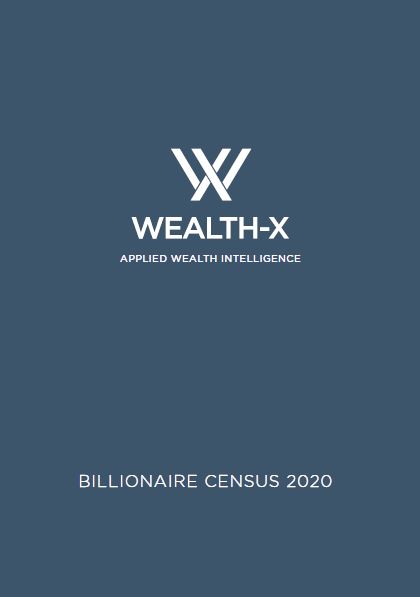



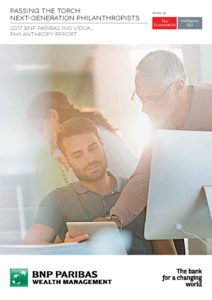 What is this Report?
What is this Report?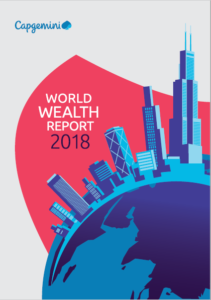 What is this article?
What is this article? What is the Report?
What is the Report? This year in 2018, Aspire introduced its
This year in 2018, Aspire introduced its 

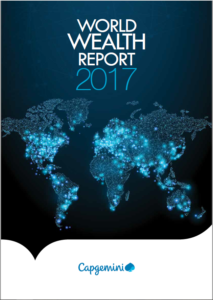
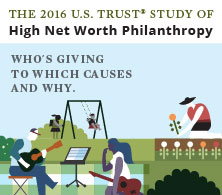 A High Net Worth Individual (HNWI) typically holds $1 million in liquid financial assets.
A High Net Worth Individual (HNWI) typically holds $1 million in liquid financial assets.